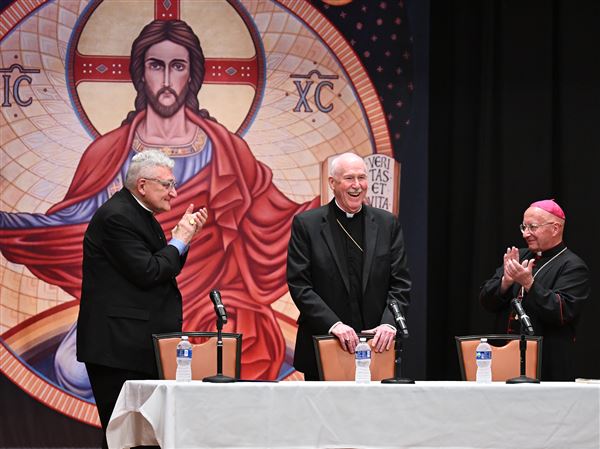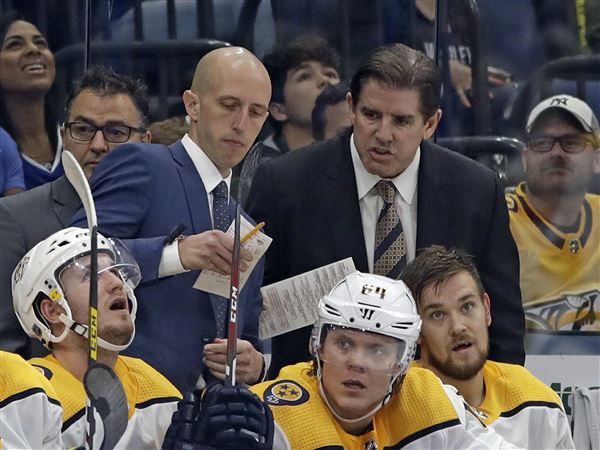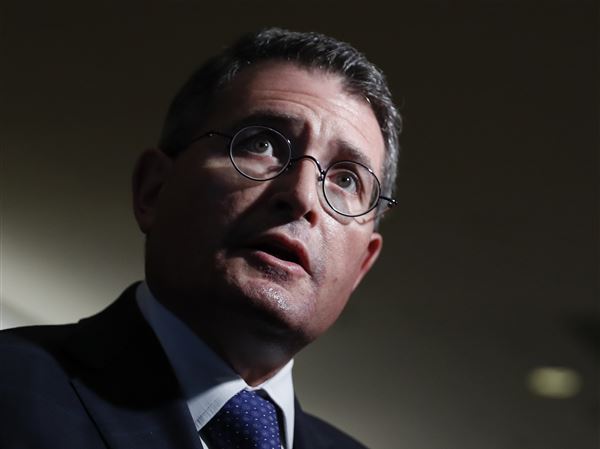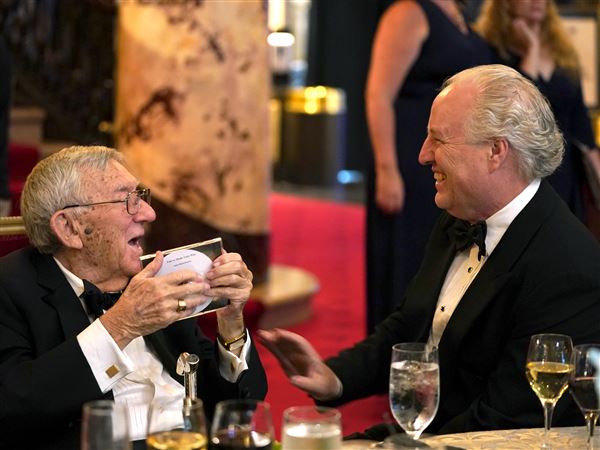You’ll see the phrase “non-tender” written often today and Wednesday. To explain what it means and why it is important, we must begin with a discussion of MLB service time.
Players are under team control until they accrue six years of major league service time. A “year” of service time is defined as 172 days on the active roster or major league disabled list. MLB seasons usually have 183 actual days. This is why you sometimes see clubs start talented prospects in the minors for a few weeks -- doing so pushes back their free agency by a year because it prevents them from earning a full season’s worth of service time in their rookie year.
When a player has fewer than three years of service time, the club assigns him a salary. The minimum salary for 2015 is $507,500, which is the cost-of-living adjustment of last season’s $500,000 minimum. Players with more service time usually earn a little more based on team’s individual formulas. The Angels paid Mike Trout a pre-arbitration record $1 million before he signed his huge extension as a recognition of his value to the team.
Once a player has three years of service time, he is eligible for arbitration, and he has three seasons of eligibility. If he and the team cannot agree on a contract, whether for one season or a multi-year extension, he files for arbitration. The date this offseason is Jan. 13. On Jan. 16, each side exchanges desired salary figures. This is important because it establishes the midpoint, which is often the salary that players agree to.
(Heard of the phrase “Super 2?” It refers to a class of players with more than two years of service time, but less than the full three. The top 22 percent of players in that class qualify for arbitration early and get four years of arbitration eligibility instead of three. This rule was created so that teams couldn’t do the math as easily on when they could promote prospects and still push back arbitration; it is a floating target date each year and depends on what 29 other teams. But now teams are reverse-engineering the formula.)
Let’s say Mark Melancon and his representatives offer $6.1 million and the Pirates offer $4.9 million. The midpoint is $5.5 million, and many arbitration cases are resolved at the midpoint.
Teams and players generally do not submit extravagant figures, in either direction, because of the next step in the process. If teams and players still can’t agree to terms, the case goes before a panel of arbitrators. Each side makes an argument for the figure they submitted. They can compare the player’s production to others at his position and in his service time class. The panel then picks one salary or the other. So it behooves each side to offer a reasonable figure -- if they don’t, the panel will pick the other one.
Arbitration hearings are increasingly rare because they are somewhat contentious. The player is required to be there, and he hears representatives from his team making a case against him, trying to pay him less by marginalizing his production. Teams generally prefer to settle before a hearing.
For a player to enter arbitration, though, a team has to offer him a contract, and that is where today becomes important. Teams must offer their players a contract by 11:59 p.m. tonight and commit the club to the arbitration process. If a player is not offered a contract, or “non-tendered,” he becomes a free agent, eligible to sign with any team. Players are generally non-tendered when their projected performance does not match their projected salary.
You will see a few players sign contracts today to avoid arbitration. Teams sometimes tell players, “We’re going to non-tender you, because you made $3.7 million last year, will probably make $4.3 million this year and we don’t think you’re worth that, but we still want you in the organization. Will you accept a $3.9 million deal?” This gives the team cost certainty and the player financial security.
Teams will also non-tender players and try to re-sign them because it breaks the salary chain. The Pirates might try to bring back Gaby Sanchez for $1.5 million, rather than the $2.5 million to $3 million he might have made in arbitration. Because he is a free agent, his previous salary has no bearing on his next one.
Service time plays a large role in the process. When you see players who don’t produce getting paid more than players that do, it is because they have more service time.
Pirates who are eligible for arbitration today:
Neil Walker (third of four, was Super 2)
Sean Rodriguez (third)
Pedro Alvarez (second)
Mark Melancon (second)
Travis Snider (second)
Chris Stewart (second)
Francisco Cervelli (second)
Tony Watson (first)
Josh Harrison (first)
Vance Worley (first, Super 2)
Jared Hughes (first, Super 2)
First Published: March 24, 2016, 5:06 p.m.














